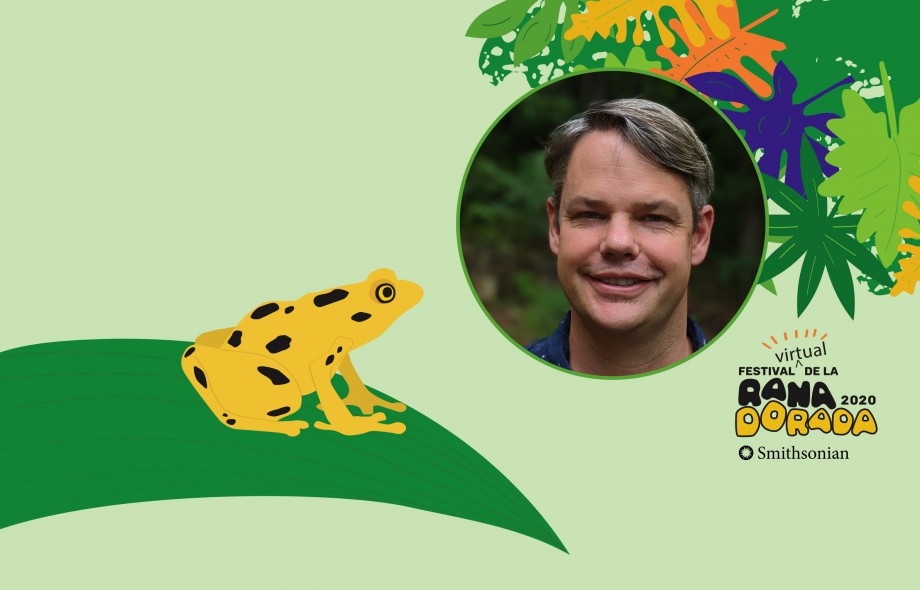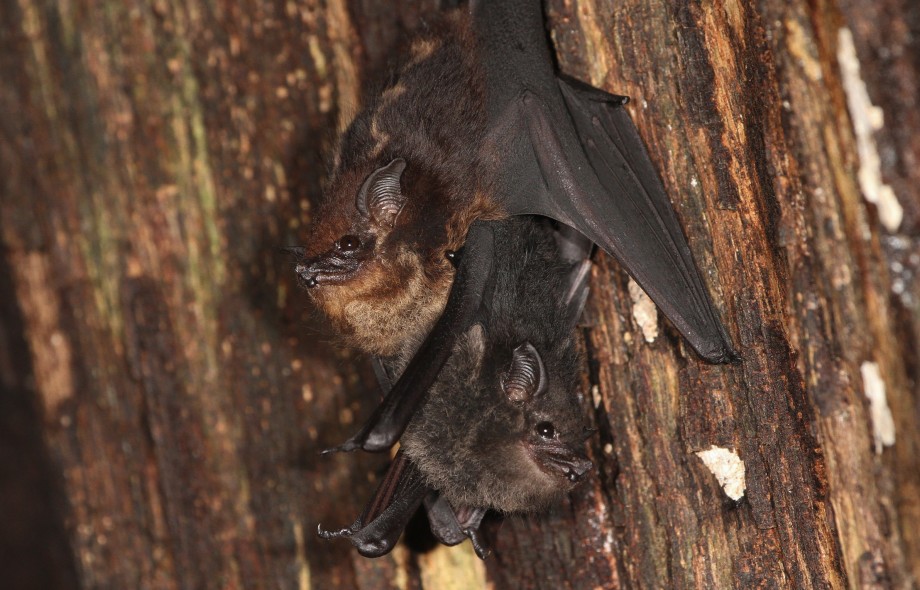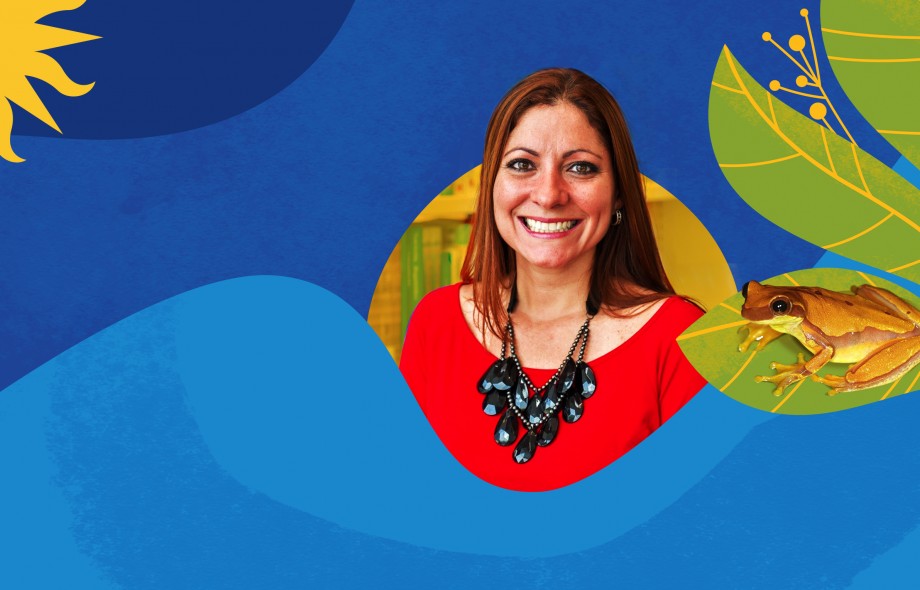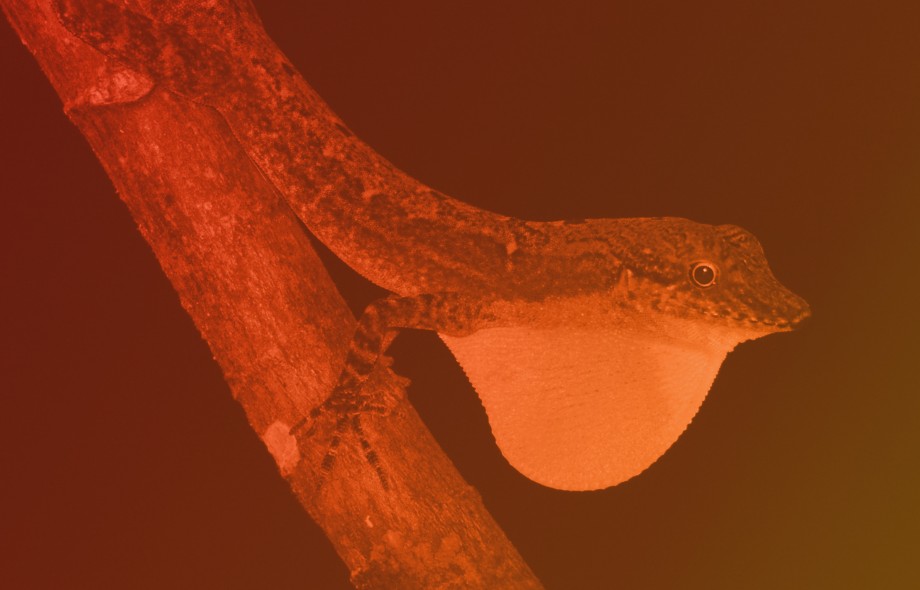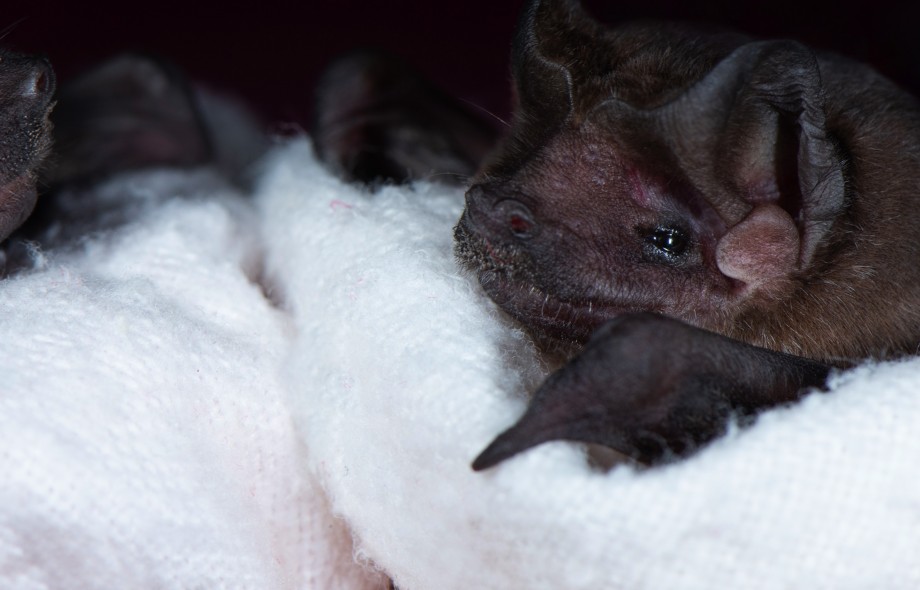Join Brian as he gives us an update on the Panama Amphibian Rescue and Conservation Project, its progress over the last 10 years, and its efforts to sustain this collection of living frogs and identify clear solutions to the amphibian crisis.

You are here
Projects
& Stories
Gamboa
Just as humans with their babies, adult female bats change their vocalizations when interacting with “babbling” pups, which could be interpreted as positive feedback to their offspring during vocal practice
Returning endangered frogs back to nature is not an easy task, particularly when their main threats are not under control. In this talk (Spanish), former STRI fellow and current director of the Summit Municipal Park, Dr. Angie Estrada, explains what is causing so many amphibian species around the world to be at risk for extinction and discusses the different approaches that scientists are exploring to reintroduce these animals back into nature safely.
Dr. Gina Della Togna has gone a long way in pursuing her love for animals, including amphibians, insects, and reptiles. Last year she received the L'Oreal-Unesco Prize for Women in Science, for her research in assisted reproductive techniques for endangered species, such as the golden frog. This year she was named by Forbes magazine as one of the 100 most powerful women in Central America and the Dominican Republic. Listen to the story of how she became a renowned scientist.
Lizards transplanted from the mainland to small islands in Lake Gatun, Panama, took their parasitic mites with them. What happened next provides great experimental evidence for the enemy release hypothesis.
Socially foraging bats may find food faster by listening in to the search-phase calls of their group members
